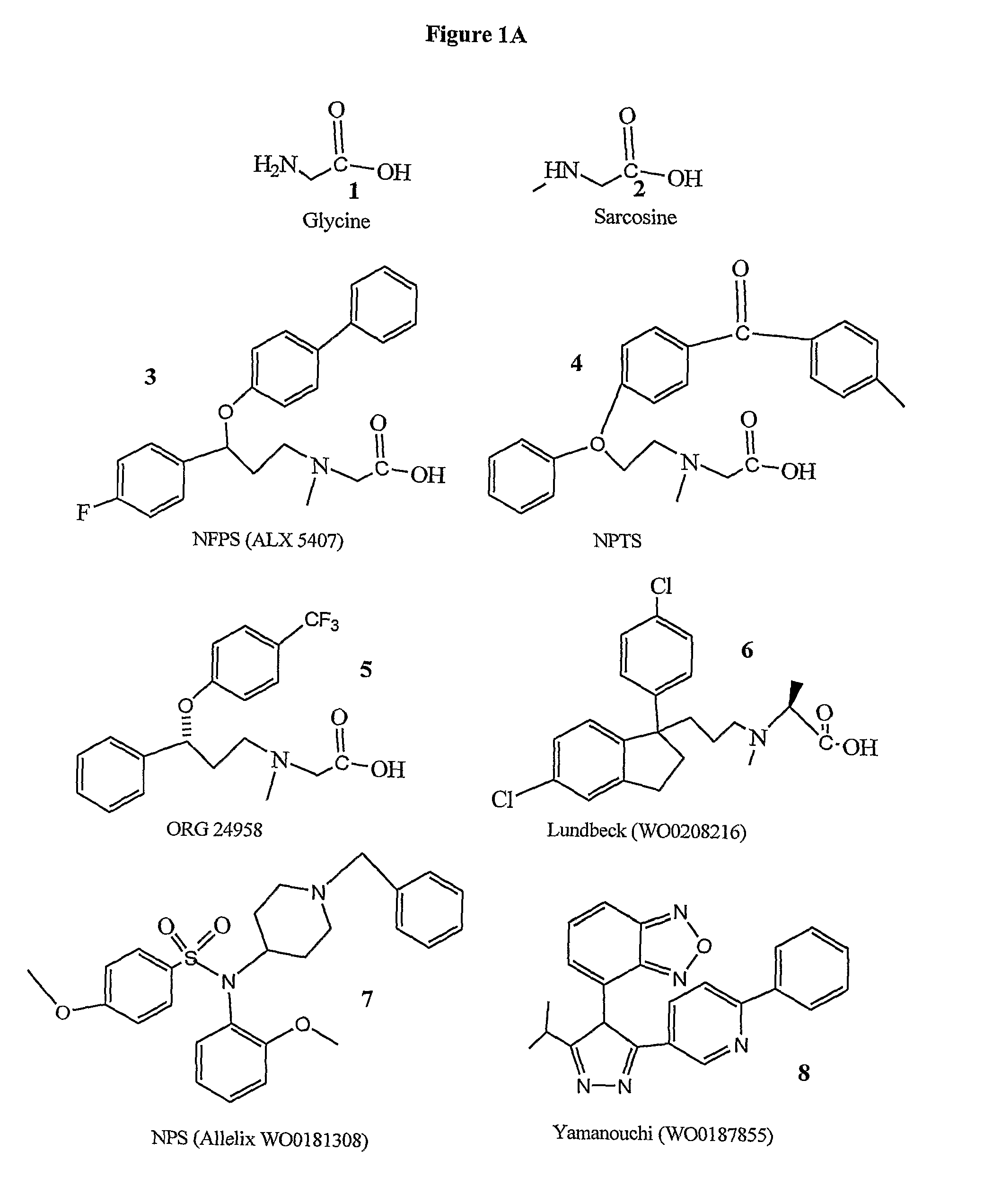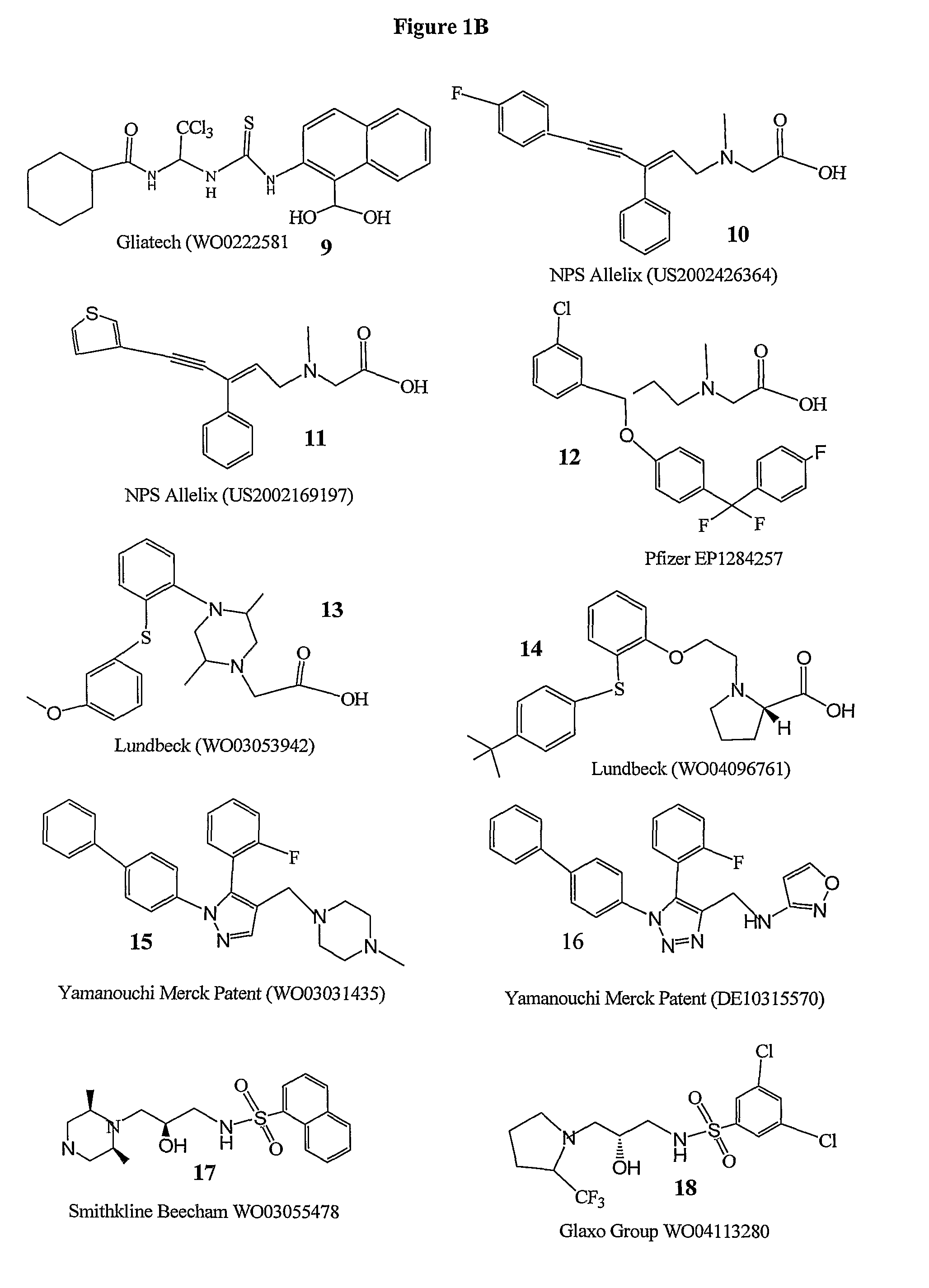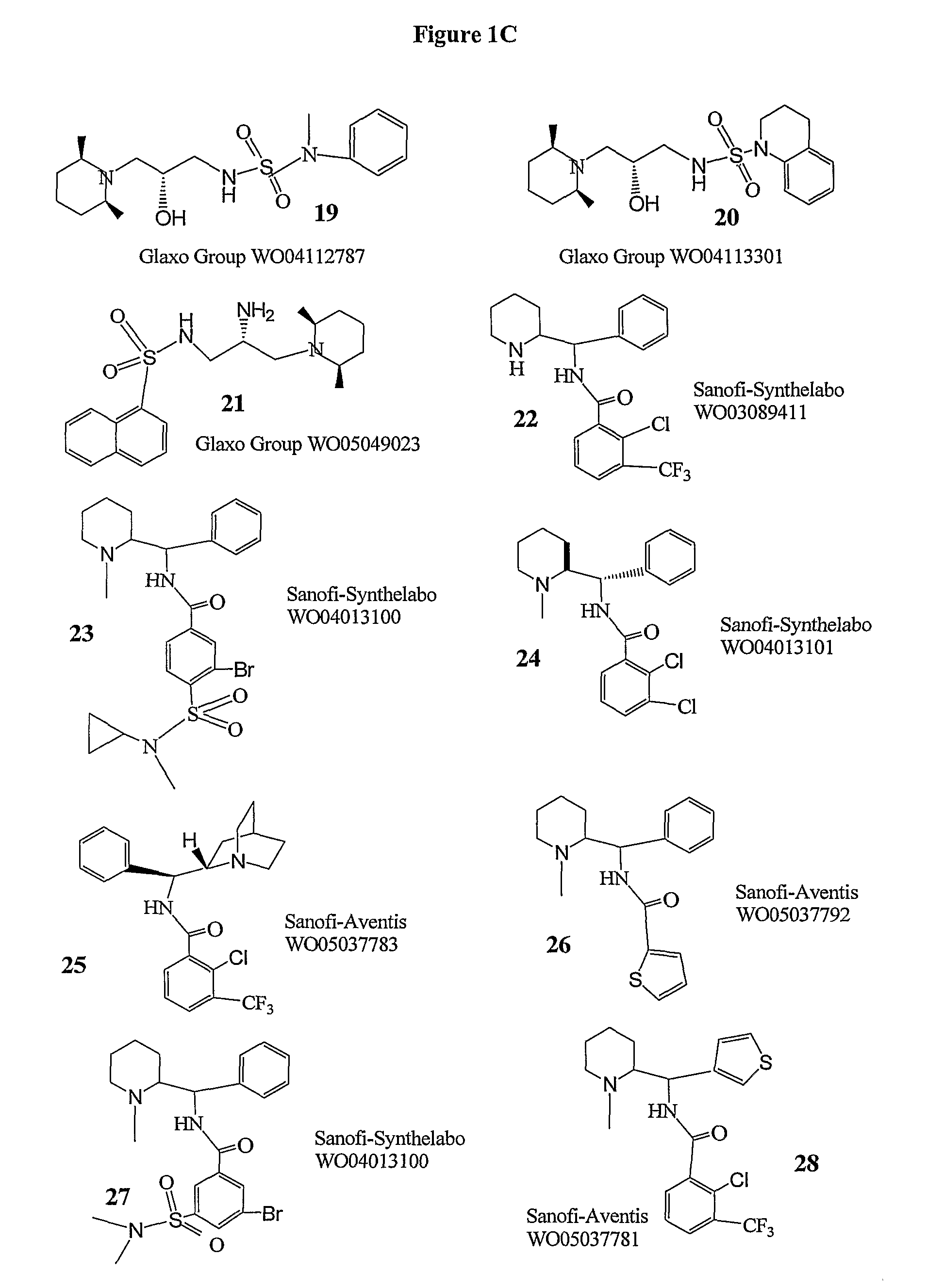Method of treating schizophrenia prodrome
a prodromal and schizophrenia technology, applied in the field of treatment of schizophrenia prodromal, can solve the problems of patients at risk of schizophrenia, chronicity is too often life-long, and most schizophrenic patients continue to remain chronically disabled, so as to reduce the likelihood of the patient's prodromal
- Summary
- Abstract
- Description
- Claims
- Application Information
AI Technical Summary
Benefits of technology
Problems solved by technology
Method used
Image
Examples
examples
[0181]The inventor of the present invention enrolled 10 prodromal patients in an eight-week open label trial of oral glycine. The patients were seven males and three females, whose mean±sd age was 17.3±3.3 years. All ten patients met schizophrenia prodrome diagnostic criteria, attenuated positive symptom subgroup, according to the Structured Interview for Prodromal Syndromes (Miller et al., 2002). The mean Scale of Prodromal Symptoms (SOPS) total score at baseline was 39.7, and the positive and negative subscale score means were respectively 11.3 and 12.4 (Table 1). These demographics and symptom scores are typical of prodromal samples recruited in previous work (Miller et al., 2003b).
[0182]
TABLE 1Glycine group SOPS scores at baseline,endpoint (LOCF), and endpoint change.SOPSPOSNEGDISGENTOTALBASEmean11.312.46.59.539.7sd3.35.52.54.111.8n1010101010ENDmean5.69.43.46.024.4sd4.36.51.93.912.8n1010101010CHANGEmean−5.7−3.0−3.1−3.5−15.3sd5.24.13.03.111.0n1010101010effect size1.100.741.051.12...
PUM
| Property | Measurement | Unit |
|---|---|---|
| weight gain | aaaaa | aaaaa |
| PET | aaaaa | aaaaa |
| chemical structure | aaaaa | aaaaa |
Abstract
Description
Claims
Application Information
 Login to View More
Login to View More - R&D
- Intellectual Property
- Life Sciences
- Materials
- Tech Scout
- Unparalleled Data Quality
- Higher Quality Content
- 60% Fewer Hallucinations
Browse by: Latest US Patents, China's latest patents, Technical Efficacy Thesaurus, Application Domain, Technology Topic, Popular Technical Reports.
© 2025 PatSnap. All rights reserved.Legal|Privacy policy|Modern Slavery Act Transparency Statement|Sitemap|About US| Contact US: help@patsnap.com



